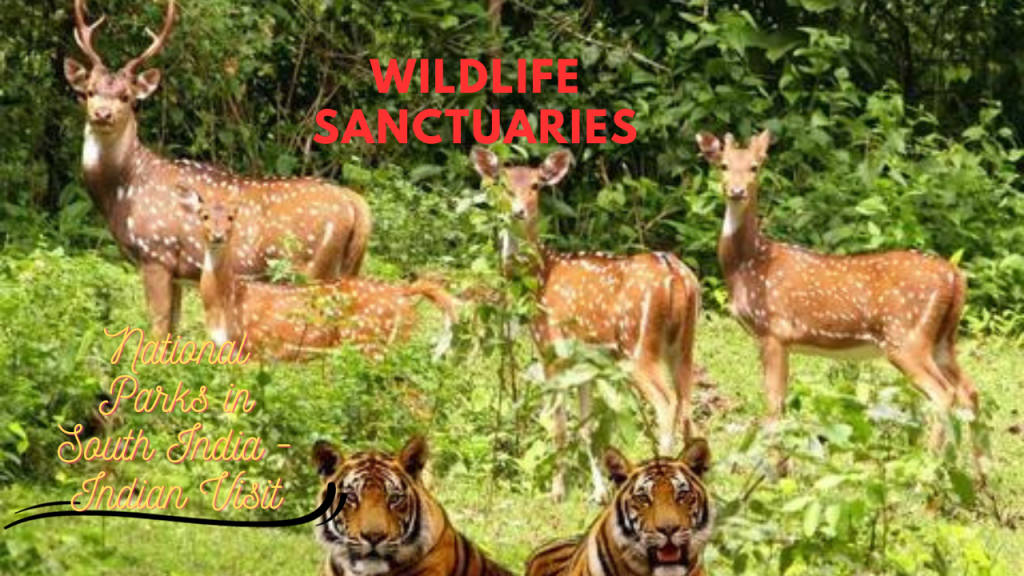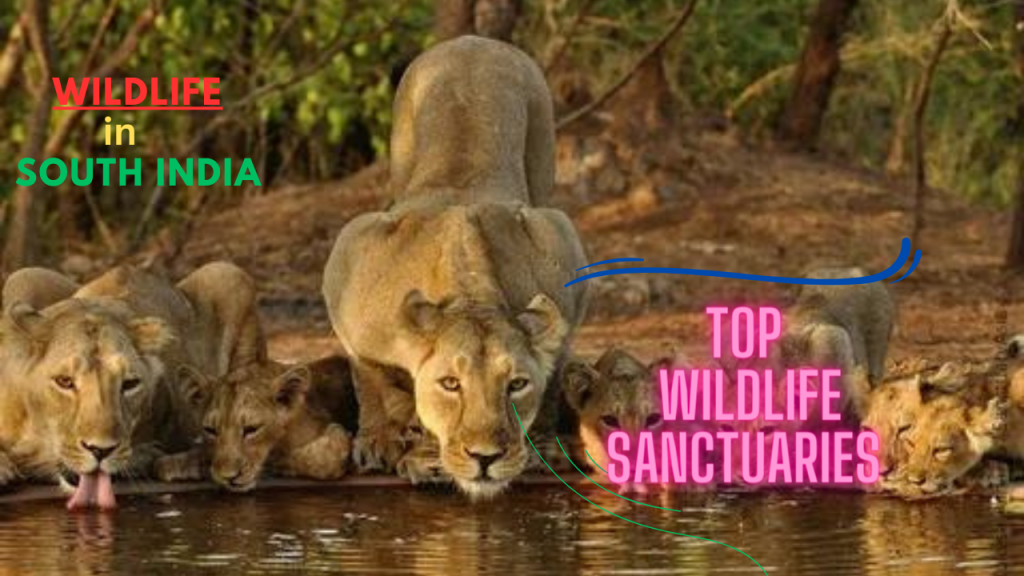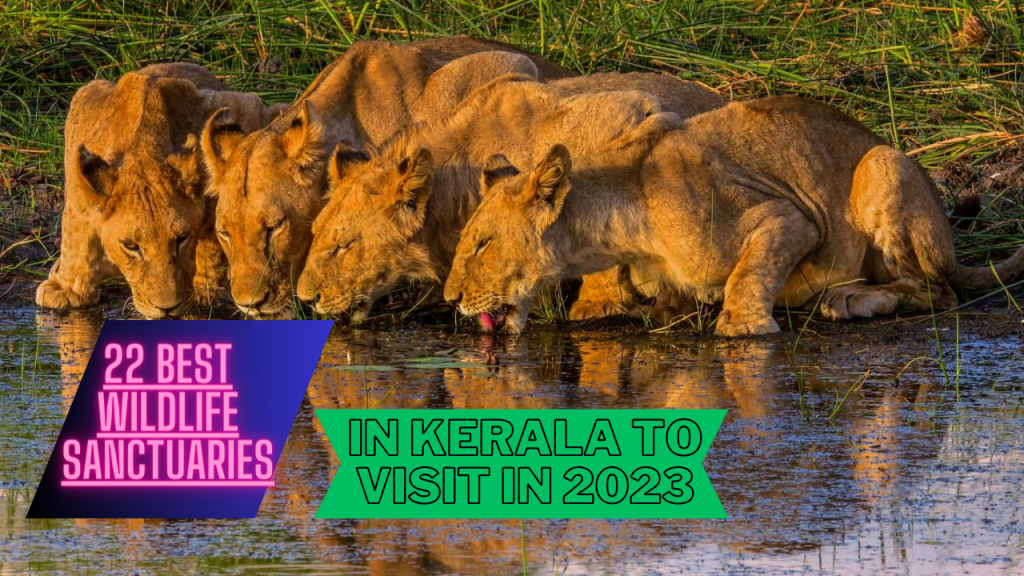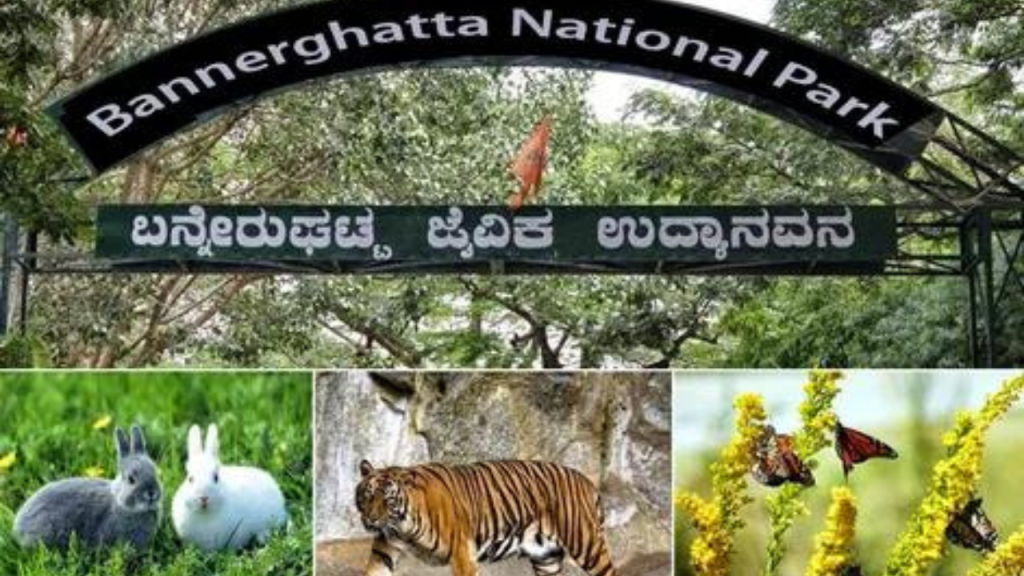INIU Portable Charger, Slimmest 10000mAh 5V/3A Power Bank, USB C in&Out High-Speed Charging Battery Pack, External Phone Powerbank Compatible with iPhone 15 14 13 12 X Samsung S22 S21 Google iPad etc
$17.99 (as of May 8, 2024 18:54 GMT +00:00 - More infoProduct prices and availability are accurate as of the date/time indicated and are subject to change. Any price and availability information displayed on [relevant Amazon Site(s), as applicable] at the time of purchase will apply to the purchase of this product.)Introduction
What are Wildlife Sanctuaries?
Wildlife sanctuaries are protected areas designated for the preservation and conservation of wildlife, often encompassing vast tracts of natural habitat. They provide a safe haven for a wide range of species, from the majestic Bengal tiger to the graceful Indian elephant.
South India’s Biodiversity
South India’s geographical diversity, with its Western and Eastern Ghats, coastal plains, and tropical forests, has given rise to an astonishing variety of flora and fauna. This region is home to numerous endemic species found nowhere else on Earth.
Importance of Wildlife Sanctuaries

Conservation Efforts
Wildlife sanctuaries play a pivotal role in safeguarding endangered species and maintaining ecological balance. They serve as outdoor laboratories for researchers and biologists to study and protect these delicate ecosystems.
Top Wildlife Sanctuaries

Periyar Wildlife Sanctuary
Nestled in the heart of Kerala, Periyar Wildlife Sanctuary is famous for its stunning landscape and diverse wildlife, including the elusive Nilgiri tahr. A boat ride on Periyar Lake is a memorable way to spot animals in their natural habitat.
Bandipur National Park
Located in Karnataka, Bandipur National Park is a treasure trove of wildlife. Here, you can encounter the regal Indian tiger, leopard, and herds of gaur, all against the backdrop of breathtaking landscapes.
Mudumalai National Park
Tucked away in Tamil Nadu, Mudumalai National Park is a lush haven for biodiversity. The park is renowned for its population of Indian elephants and the striking Malabar giant squirrel.
Unique Flora and Fauna

Diversity in the Western Ghats
The Western Ghats are a UNESCO World Heritage Site and a biodiversity hotspot. South India’s sanctuaries within this region are teeming with unique flora, including vibrant orchids and rare medicinal plants. Fauna enthusiasts can marvel at the iridescent Malabar pied hornbill and the vibrant Indian Pitta.
Exploring Wildlife Safaris

Experiencing the Thrill
Embarking on a wildlife safari is a thrilling adventure that brings you face to face with nature’s most magnificent creations. Whether you’re tracking a majestic tiger or observing a herd of Indian bison, the experience is nothing short of magical.
Ecotourism Initiatives

Sustainable Tourism
South India is at the forefront of sustainable ecotourism. Initiatives promote responsible travel practices, ensuring that visitors leave behind nothing but footprints while contributing to the preservation of these vital ecosystems.
Threats to Wildlife

Human Encroachment
As human populations expand, the habitats of South India’s wildlife are increasingly under threat. Habitat destruction and fragmentation due to urbanization and agriculture pose significant challenges.
Poaching and Illegal Trade
Illegal activities such as poaching and the illegal wildlife trade persist despite conservation efforts. The demand for animal parts and exotic pets continues to endanger many species.
Conservation Efforts

Role of Government
The governments of South Indian states are actively involved in conservation efforts, implementing measures to protect wildlife and their habitats. These include anti-poaching patrols and habitat restoration projects.
NGO Initiatives
Numerous non-governmental organizations (NGOs) are working tirelessly to conserve South India’s wildlife. They engage in awareness campaigns, rescue and rehabilitation, and community-based conservation projects.
Accommodation Options

Staying in the Wild
For a truly immersive experience, several wildlife sanctuaries offer eco-friendly accommodations within or near their boundaries. These options allow you to wake up to the sounds of the forest and immerse yourself in the natural world.
Responsible Tourism Tips

Leave No Trace Principles
When visiting these pristine environments, it’s essential to follow the Leave No Trace principles. Respect wildlife, dispose of waste responsibly, and leave the habitat as you found it.
Best Time to Visit

Seasonal Highlights
The best time to visit South India’s wildlife sanctuaries varies by region. Whether it’s the monsoon-washed landscapes of the Western Ghats or the dry deciduous forests of the Deccan plateau, each season offers a unique experience.
Wildlife Photography Tips
Capturing the Magic
Photographing wildlife can be challenging and rewarding. Learn how to capture the beauty of South India’s wildlife while respecting their natural behavior and habitat.
Local Culture and Cuisine

Immersing in Tradition
Exploring South India isn’t just about wildlife; it’s also an opportunity to immerse yourself in the vibrant local culture and savor traditional cuisine.
Conclusion
Preserving Our Natural Heritage
In South India’s wildlife sanctuaries and national parks, nature thrives in all its grandeur. As responsible travelers, we must cherish and protect these natural wonders, ensuring that future generations can also revel in their awe-inspiring beauty.
FAQs
- Are there any dangerous animals in South India’s sanctuaries?
- While encounters with dangerous animals are rare, it’s essential to follow safety guidelines provided during safaris. Always maintain a safe distance and avoid provoking wildlife.
- What is the best time for birdwatching in South India?
- Birdwatching is excellent throughout the year, but winter months, from November to February, are ideal for spotting migratory birds.
- How can I contribute to wildlife conservation in South India?
- You can contribute by supporting local conservation initiatives, spreading awareness, and practicing responsible tourism.
- Are there vegetarian options for food in wildlife sanctuaries?
- Yes, most accommodations offer vegetarian options, and you can enjoy delicious South Indian vegetarian cuisine.
- What should I pack for a wildlife safari in South India?
- Pack comfortable clothing, binoculars, a camera, sunscreen, insect repellent, and a reusable water bottle to stay hydrated.




